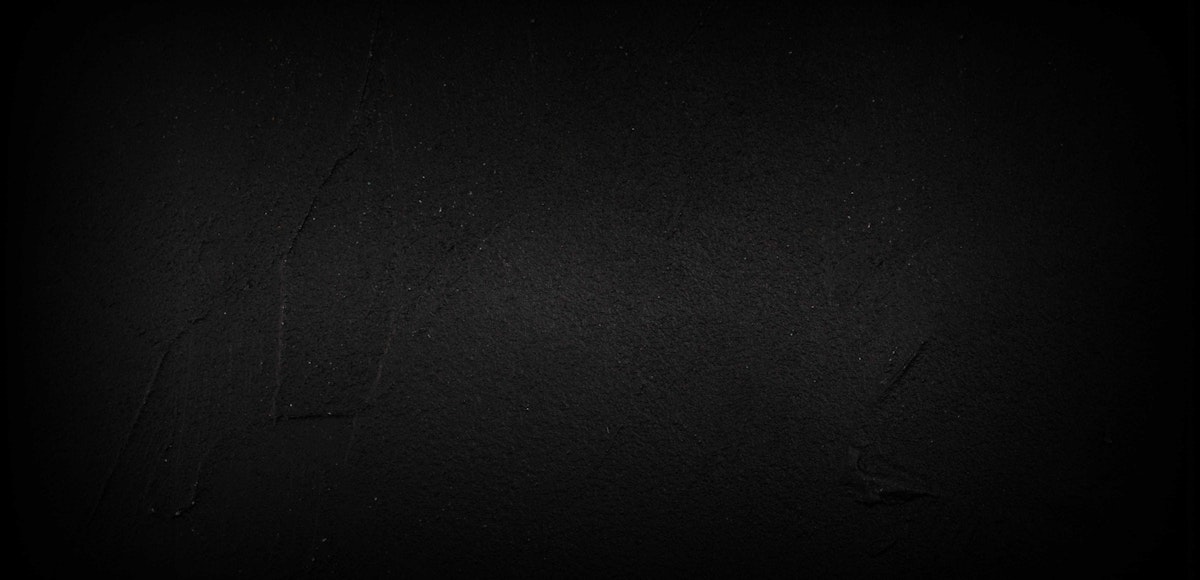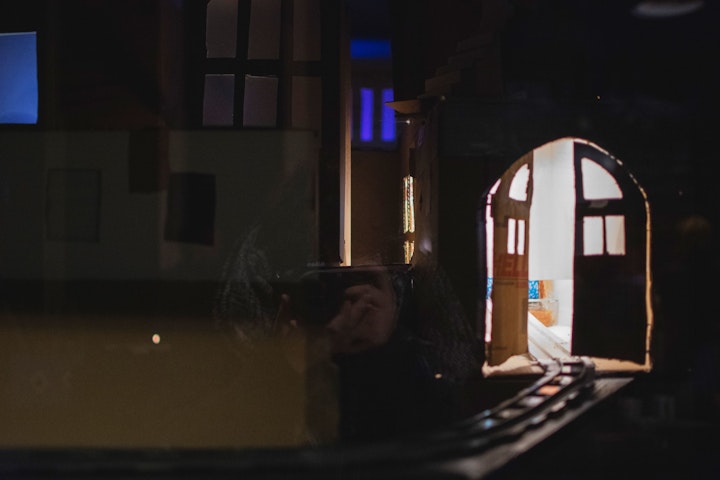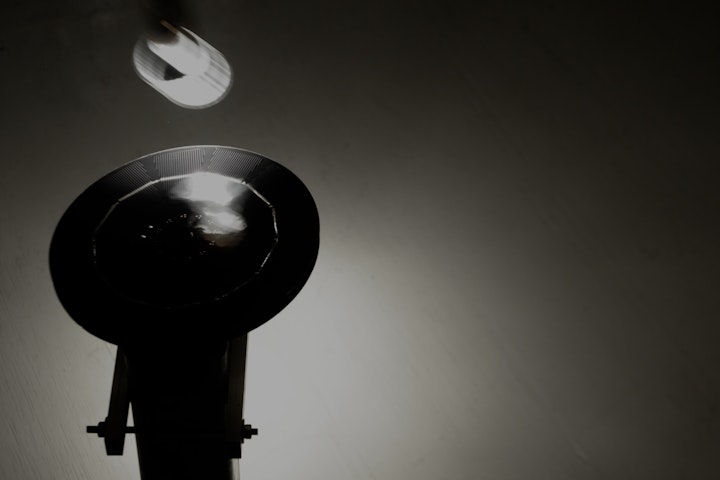
Interview Aurélie d’Incau & Nika Schmitt
Aurélie, Nika, you have known each other for a long time, you even studied together in Maastricht. However, it seems like you work and create in different ways?
Nika: Oh yes, and probably on all levels! (laughs). Aurélie puts a lot of emphasis on play, both in the creation of her work and in the overall result.
Aurélie: It’s true that interacting with the audience is part of the process for me. I increasingly move in a direction where playfulness is instrumental in the creation. With Nika, the audience’s experience is more internalised. I don’t mean that it’s passive, but rather an active observation.
N.: But we both use humour, not necessarily the same and it’s not always obvious at first, but it’s there.
A.: Yes, we both like to include a bit of sarcasm, a hint of causticity.
Would you go as far as saying it’s a form of criticism?
A.: I think we’re a bit alike in that respect, neither of us likes to openly criticise anything.
N.: (hesitates) We are not activists, that’s true. However, right now for example, I spend a lot of time reflecting on renewable energies and the way they are used – sometimes on completely useless things. I keep a critical eye on that.
A.: I’m convinced that playfulness can draw attention and generate empathy. In my case, I try to preserve a poetic view of things while taking a step back. In other words: optimistic criticism!
The cube, a space
for curious people
Nika, did you see Zuch in the cube?
N.: Yes! There was this hole you had to introduce your phone into, with the camera on. The phone then came out in the other end, and only by looking at the recording could you see what was going on inside. I really liked this element of the unknown. Aurélie created a whole world, and on the video afterwards it almost looked animated. Everyone left with a small piece of art on their phone, amid their other less spectacular photos and videos.
Aurélie, what kind of challenge does the cube represent?
A.: For every new project I work on, I also place myself from the visitor’s point of view and imagine how people will circulate in the space. The cube is a bit unusual because it has two sides that function independently. You can see the cube from the Buvette through a large window. It’s a bit like looking at a frame, with the cube being a kind of painting. But you can very well enter the Rotonde 2, go have a beer and leave without ever seeing the cube or the artwork inside. I rather liked the idea that some people would miss Zuch. That meant that only the curious would notice the installation and the cube and then take out their phones.
(below: opening of Zuch in 2018 © Mariana Dos Santos)
Nika, is this a space that inspires you?
N.: The challenge for me is that my installation must fit into two very different places: the cube at Rotondes, which is small and dark, and a much larger space at the IKOB in Eupen. My installation Sweet Zenith is similar for both spaces, but the context will make it react differently.
I see the cube as a diorama, a box in which you can observe a microcosm. In the system I have created, a light source is activated in response to sound and then powers a solar panel. The light pendulum swings thanks to the electricity produced and moves away from the solar panel and the speaker that produces the sound. This stops the electricity production. The pendulum then moves in a disorganised manner until returning to the centre, at which point everything starts again. Despite the repetition, there is nothing meditative about it at all – in fact it’s very chaotic.
Will the surrounding noise not interfere with the system?
A.: And what if there is a party and strobe lights?
N.: For another light to influence the installation it would have to be a certain wavelength and interfere at a very specific point. As for the noise, it’s more likely that the installation will disturb people than the other way round. It could get very loud, and I might have to turn the volume down. In any case, the role of the observer, looking at a realm from the outside, will be important.
(below: Sweet Zenith © Nika Schmitt)
The importance of location
We were talking earlier about your different approaches. Do you think it would still be possible for you to create something together?
N.: Collaborating with someone forces you to put aside part of your personal vision, but I think we could do it. The question is: what would it look like? It would be like making a baby together!
A.: I don’t think it would look like anything we’ve done before.
N.: I agree. That would be the only way to do it: create something completely different from our usual aesthetics. Maybe it would be interesting, maybe it would be horrible! (laughs)
A.: Our artistic work is not limited to our installations.
N.: Exactly. I make music, you design costumes, I have my clothing line… I also find that with time and experience, new things become possible. I feel more open to different media now than I did 3 years ago. I used to think that the style and the way of doing things would somehow set, become clearer with time. However, even though I feel more secure in what I do, I still want to change everything all the time, and that’s what keeps things interesting. I don’t have the need to justify or defend what I do, and that makes collaborations easier.
A.: The more you work, the more you strengthen your “core” as an artist. During our studies we had to defend our concepts, explain every detail, prove things. That way of proceeding gave me a kind of hangover… Four or five years have passed since then, and today things are more natural. It’s much easier for me to simply say: “This is how I work; this is what I do and why”.
Would location play an important role in this possible collaboration?
A.: Absolutely, as it is already the case for our personal works. And it’s always more difficult to create from a vacuum. Having a space, a marked-out playground is a good starting point.
N.: If anyone wants to offer to get us together, we’re all ears! (laughs)







